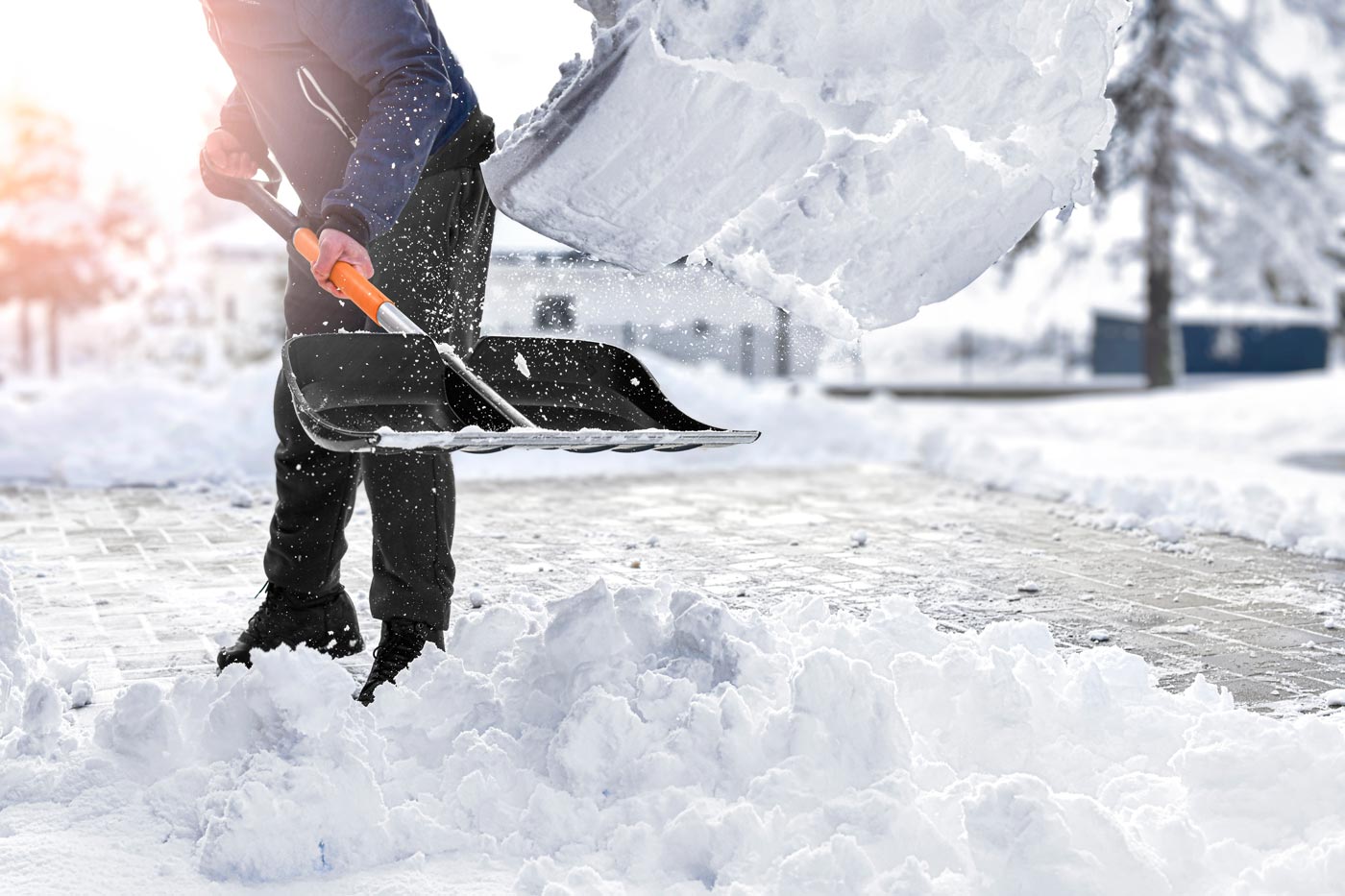Snow Removing
"Snow removing" refers to the process of clearing snow from roads, driveways, sidewalks, and other surfaces to ensure safe movement and prevent accidents or damage. This is typically done after a snowfall using various methods and equipment. Here are some common ways snow is removed:
Manual Snow Removal
- Shoveling: This is the most basic form of snow removal, where individuals use snow shovels or small tools to scoop up snow from paths or driveways.
- Snow Blowers: These are motorized machines that can blow snow away, usually used for residential areas or smaller commercial spaces.
Mechanical and Motorized Snow Removal
- Snow Plows: These are large vehicles equipped with a blade that pushes snow off roads, highways, and parking lots. Plows are commonly used by municipalities or large organizations to clear large areas.
- Snow Sweepers: These are specialized vehicles with rotating brushes that sweep away lighter snow or ice.
Chemical Snow Removal
- Salt: Commonly used to melt snow and ice, salt lowers the freezing point of water, making it harder for snow and ice to form. However, it can have negative environmental effects.
- Sand: Sometimes, sand is spread to provide traction on icy surfaces.
- Calcium Chloride and Magnesium Chloride: These chemicals are also used to melt snow and ice more effectively than regular salt, especially in extremely cold temperatures.
Snow Melting Systems
- Heated Pavement: Some advanced systems use heating cables embedded in roads, driveways, or sidewalks to melt snow and ice before they accumulate.
- Heated Mats: For smaller areas, these mats are placed on surfaces to prevent snow accumulation.
Importance of Snow Removal
Snow removal is essential for:
- Safety: Clearing paths reduces the risk of slips, falls, and car accidents.
- Accessibility: Ensures roads, sidewalks, and public spaces are accessible, especially for emergency services.
- Preventing Damage: Heavy snow can damage roofs, trees, and power lines if not removed.
- Maintaining Transportation Flow: It keeps roads and highways open for vehicles, ensuring smooth traffic movement during snowy conditions.
